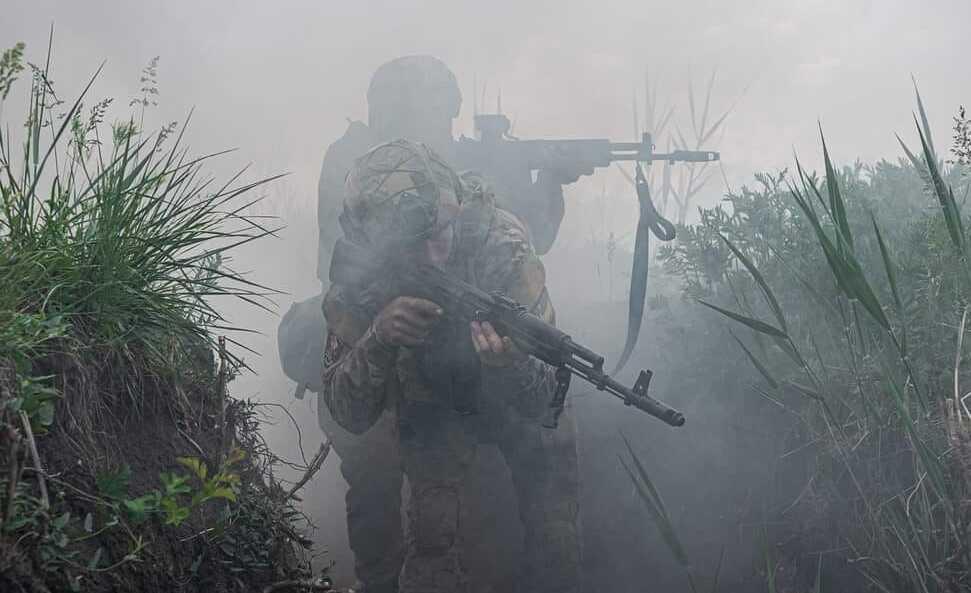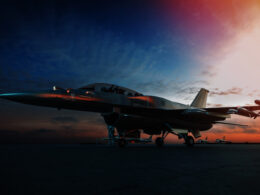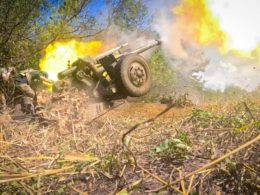Ukraine’s 2022 frontline breakthrough, with the liberation of Kherson and substantial gains in Kharkiv Oblast, bolstered international support and paved the way for a more ambitious campaign: Ukraine's widely-advertised 2023 counteroffensive.
Launched in spring 2023, Ukraine’s counteroffensive was its largest operation to date, aiming to push Russian forces out of much of the occupied territory and tip the strategic balance. The much-anticipated assault rolled out extensive resources, including advanced Western weaponry, and kept the stakes high, as its outcome would decide the commitment of hesitant allies to step up with further strategic support.
However, by the end of the year, the highly regarded counterattack fell short of expectations, resulting in high losses of Ukrainian soldiers and Western equipment, along with a tangled blame-shifting game between Ukraine and the United States.
The US military, which was deeply involved in planning Ukraine's counteroffensive and conducting multiple war simulations, criticized official Kyiv for dispersing forces on three fronts instead of mounting a full-scale assault along one axis in the southern direction.
Ukrainian officials, on the other hand, blamed the failure of their tactical decisions on the scarce and late deliveries of critical weapons by its global partners.
The report Preliminary Lessons from Ukraine’s Offensive Operations, 2022–23, by the Royal United Services Institute (RUSI), the UK’s leading security think tank, illuminates the mistakes that cost the offensive a chance to succeed and offers a roadmap to avoid the same issues in the future.
Throughout 2023, the authors conducted extensive interviews with military personnel across various echelons, closely collaborating with the Ukrainian General Staff. However, the authors also pointed out methodological limitations, like the secrecy of some information and the sensitivity of Ukraine's relationships with Western partners, which were not addressed in detail.
Ukraine sets sights on Zaporizhzhia axis
As Russia’s threats to “take Kyiv in three days” fell short in early 2022, Ukraine gained the momentum to signal its ability to withstand the full-scale invasion both at home and on the world stage. The subsequent Russian retreats from Kyiv, Chernihiv, Sumy, and later Kherson and Kharkiv Oblasts galvanized Ukrainian morale and fueled confidence in the swift liberation of more occupied territories.
High in anticipation, the Ukrainian General Staff set an ambitious goal: to conduct a new counteroffensive and deliver visible results to the Western allies, whose investment in arms and training had been critical for the nation’s defense efforts.
The initial plan aimed to reach the Sea of Azov within 60-90 days, cutting off Russia's land bridge to Crimea and crippling its ability to sustain a steady flow of personnel, equipment, and resources to the troops on the mainland. The strategy outlined a breakthrough along a 30 km (18 miles) front, with 12 Ukrainian armored and mechanized brigades tasked to isolate Tokmak within a week before pushing towards Melitopol in southeastern Zaporizhzhia Oblast.
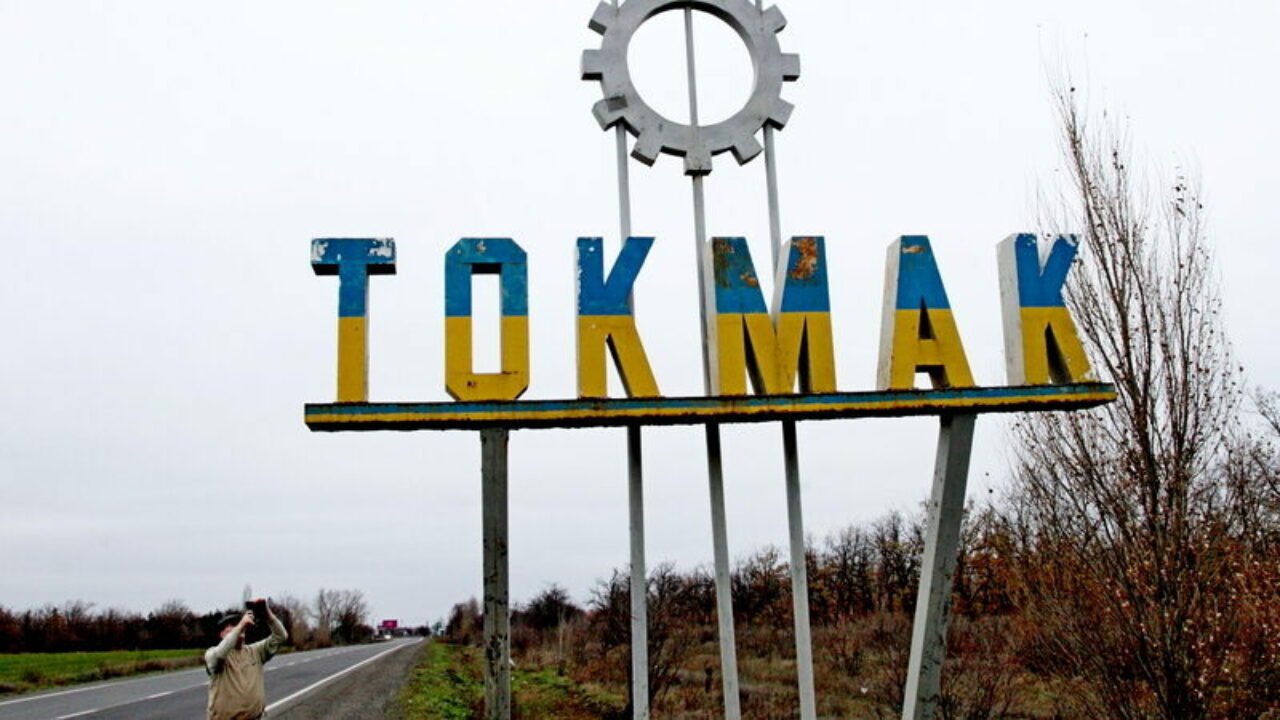
However, after 100 days, Ukraine advanced only about 19 km (11 miles), falling short of the original objectives. Well-prepared for this offense, Russian forces had fortified their defenses along the prioritized Orikhiv-Tokmak-Melitopol axis, which slowed down the tempo and efficiency of the advance.
Russia ramps up troop numbers
In launching the full-scale invasion of Ukraine in 2022, the Russian command employed a blitzkrieg approach, anticipating minimal and swift resistance. However, the Kremlin’s expectations were shattered as Ukraine’s organized defense and grassroots resilience thwarted their bid for a rapid capture of the entire country.
The shortage of personnel needed to hold occupied territories was a key factor driving Russia to abandon its early gains in Ukraine’s north, northeast, and southwest throughout 2022. However, Russian authorities swiftly addressed the personnel shortfall and shifted to a war economy as early as May 2022.
By the start of Ukraine’s counteroffensive in May 2023, Russia had increased the number of its forces in Ukraine to approximately 420,000 personnel, up from nearly 200,000 in autumn 2022. The strategy also transformed from a blitzkrieg approach to a protracted war of attrition, driven by the Kremlin's hope that Ukraine’s allies would grow weary and curtail their support.
Given Russia’s vast size and population, a new wave of mobilization posed less of a challenge for the Russian military. In contrast, Ukrainian troops faced the complex task of concentrating available troops effectively for the offensive while simultaneously defending a sprawling front that stretched nearly 1,200 kilometers (745 miles).
“By the beginning of June 2023, Russian ground forces in Ukraine comprised about 420,000 personnel, 1,980 tanks, 4,450 armored combat vehicles, 2,750 artillery systems, 860 MLRS and 46 OTMS,” the report states.
Learning from early setbacks, Russian forces fortified extensive defensive lines and mobilized additional troops along the three primary axes of Ukrainian counterattacks. Despite these measures, the Ukrainian military chose to press forward and attempt a breach – the decision that would prove costly.
Leaked intel unveils Ukraine’s strategy
Russia reinforced defense along the advance routes, partly due to leaks of classified information from Ukraine's international partners. The compromised data, which included detailed terrain analyses and strategic planning documents, revealed critical vulnerabilities with operational security during the counteroffensive's planning and execution.
As a result, the Russian troops were heavily concentrated along the Orikhiv-Tokmak axis, creating an unfavorable balance of forces for Ukraine even before the offensive began.
Public messaging from the Ukrainian government and its partners also contributed to the issue, providing Russia with a clear roadmap on the timing. This lack of surprise element allowed Russians to prepare effectively, blunting a shock effect that Ukrainian planners had hoped to deliver.
Allies’ factor: inadequate aid, delayed supplies
At the onset of the counteroffensive, the Russian forces on the Orikhiv-Tokmak-Melitopol axis totaled about 105,000 soldiers, backed by approximately 470 tanks and up to 1,410 armored fighting vehicles (AFV). Their defense was bolstered by over 720 artillery systems and 230 multiple-launch rocket systems (MLRS).
Aware of Russia’s numerical superiority, the Ukrainian command still opted for an “optimistic bias” approach. They gambled on breaking through enemy lines by undermining Russian morale with inflated claims of upcoming military Western aid and “shock action.” This approach mirrored the 2022 Kharkiv counteroffensive, which, however, succeeded not because of surprise but due to the scarcity of Russian manpower in the area.
However, the weapon deliveries by Ukraine’s partners revealed that decades of reduced defense spending left NATO arm manufacturing capacity far behind compared to that of the Kremlin. The Russian military-industrial complex advanced after decades of stable state investment, and spiked even further thanks to the newly introduced war economy measures.
The Western hesitance to supply war equipment amid Putin’s “red lines” bargain was aggravated by frequent delays in deliveries.
Ukraine received a total of 671 tanks in aid, with only 150 being modern Western models and the rest consisting of Soviet-era vehicles. Ironically, Russia became Ukraine’s largest tank supplier, as Ukrainian forces captured 495 Russian tanks during the full-scale war.
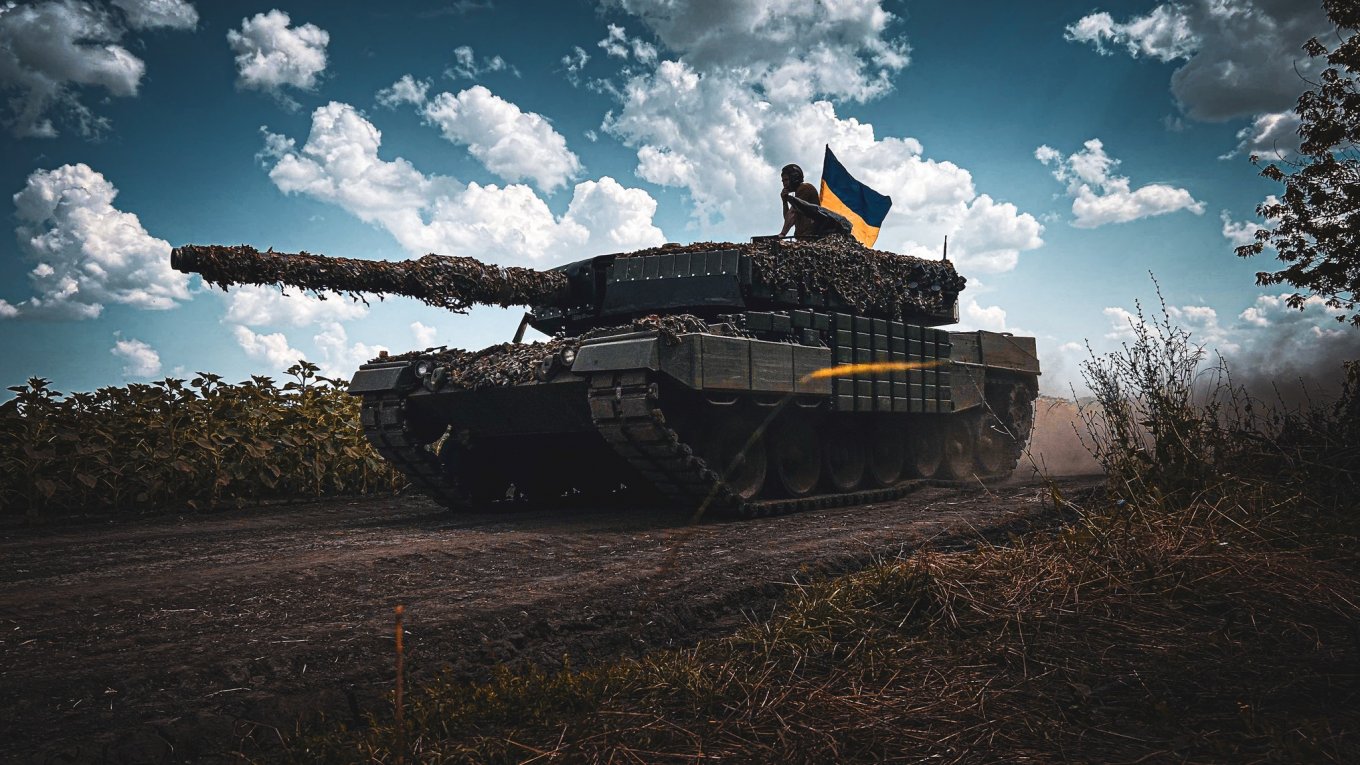
Additionally, international partners supplied Ukrainian forces with 480 infantry fighting vehicles, but over 300 of these were older BMP-1 models. In contrast, Ukrainian troops have captured 424 Russian BMPs on the battlefield.
Despite the battlefield losses, Russia has effectively scaled up its equipment levels in the theater, ramping up domestic production and refurbishing up to 1,500 tanks annually.
Analyzing the impact of Western aid on the 2023 battlefield dynamics, the RUSI report states:
Trending Now
“There was and to some extent is a significant cognitive dissonance between what Ukraine’s international partners gave to Ukraine and what they thought could be achieved.”
Scarce demining tools and resupply issues
The demining issue emerged as a critical obstacle for Ukrainian forces at the onset of the war, when they struggled to breach Russian defensive lines. The available demining equipment was insufficient and exposed to Russian anti-tank guided missiles (ATGMs). This vulnerability resulted in Ukrainian armored columns ending up trapped in narrow breach lanes, suffering severe losses from Russian artillery.
As Ukrainian forces advanced through the narrow cleared paths, the lead tanks were often disabled or destroyed. The confined space of these lanes prevented other vehicles from maneuvering around the damaged lead tanks. Attempts to reverse or bypass the obstacle often led to assisting tanks triggering mines, effectively trapping the entire column.
Ukraine began the offensive with a significantly lower number of demining vehicles than doctrinally required. Although Kyiv’s allies rolling out additional equipment, with some arriving as late as August, this piecemeal approach proved ineffective.
The frequency of Russian counterattacks also called for constant resupply for Ukrainian troops. They usually carried out risky nighttime resupply missions through narrow paths in minefields, grappling with limited vision and the threat of newly deployed Russian scatterable mines.
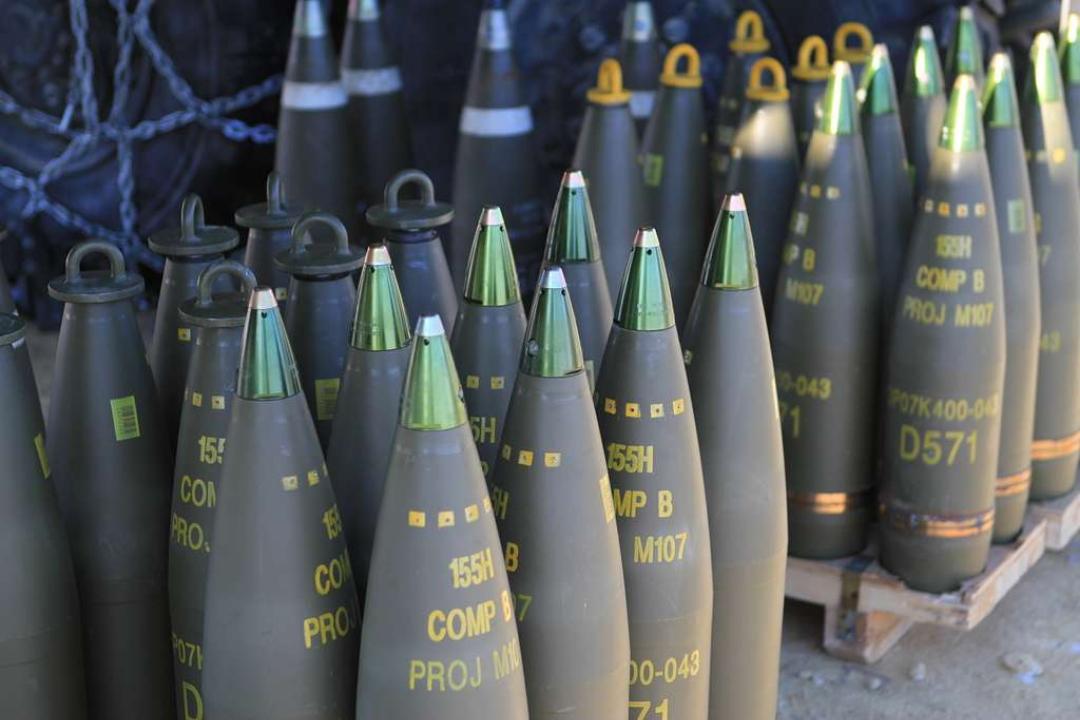
Due to these complications, Ukrainian forces resorted to daytime resupply missions later in the counteroffensive. However, the change in tactics exposed them to Russian attacks by various weapons, including first-person-view (FPV) loitering munitions, anti-tank guided missiles (ATGMs) launched from tanks positioned on high ground, and helicopter-based missile attacks using ATAKA and Vikhr systems.
Ultimately, Ukrainian forces lacked effective means to counter Russian air attacks. The US only approved ATACMS missiles for targeting Russian helicopters in October, well after the offensive had started. Similarly, the ammunition reserves urgently needed by Ukrainian forces faced delays, with partner deliveries lagging for months.
“Ukraine’s international partners provided equipment in a manner that was completely inconsistent with NATO doctrine, such that Ukraine could not concentrate a critical mass of the relevant capabilities at the decisive point,” the report claims.
Inexperienced Ukrainian troops
Another crucial reason for the offensive's failure was the decision to deploy many experienced Ukrainian troops to defensive operations, particularly in Bakhmut, eastern Ukraine. Balancing defensive needs with counterattacks left newly formed units with limited combat experience to spearhead the offensive.
The decision to spread resources across three axes, rather than concentrating them on the main effort in the southern Tokmak direction, limited Ukraine's ability to maintain momentum.
Mounting political pressure to show progress pushed commanders to commit additional troops to the Bakhmut axis. However, without adequate mechanized support, these attacks couldn’t master the speed to encircle Russian forces and stretched out protracted battles over small areas like tree lines.
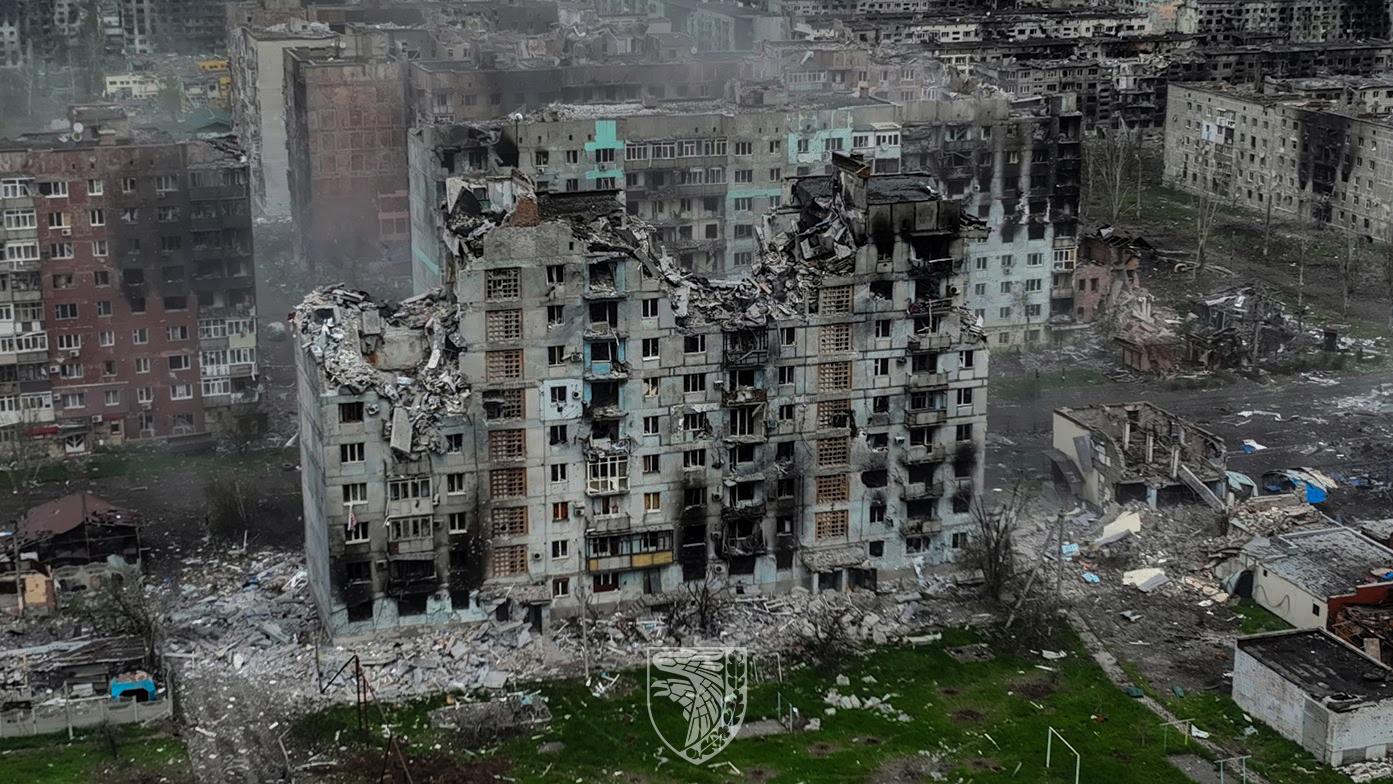
In retrospect, the key decision was not about distributing forces between different fronts, but whether to deploy these reserve forces at all or hold them back. Committing them now seems a miscalculation, as Ukraine currently grapples with a shortage of well-organized units, according to the RUSI report.
Many Ukrainian units also received training that was inadequate in both length and content, which contributed to early performance issues during the offensive.
The situation took a turn for the worse due to a gap between the equipment Ukrainian forces trained on and that they ultimately received from allies. Donated equipment often had to be retrieved from storage, repaired, or stripped of sensitive technology, while in donor states Ukrainian servicemen typically get on-hand experience with weapons still in active use.
Consequently, the vehicles that arrived in Ukraine often had different operational procedures, capabilities, and maintenance requirements compared to those used in training. To make matters worse, they frequently arrived without proper manuals or spare parts, adding to the logistical strain.
“The key lesson for NATO leaders is that the preference of politicians to defer decisions is extremely costly in war. Just as Russia paid a heavy price for not mobilizing in April 2022, Ukraine suffered for not expanding mobilization, backed by an earlier commitment from its partners to train and equip its forces at scale, made in September 2022,” the RUSI report argues.
Insights for Ukraine and allies
The 2023 Ukrainian counteroffensive faced several obstacles and prompted the Ukrainian commandment to adjust the strategy. By early 2024, the focus had shifted from liberating territory at any cost to strategically maximizing damage against Russian forces.
Now, Ukraine is zeroing in on Russia's economic infrastructure, particularly the facilities that bring in revenue for the Russian war chest, like oil and gas operations. This dual approach seeks to cripple Russia's war-making capacity while simultaneously cutting into its funds to maintain the war efforts.
However, Ukraine still needs a steady flow of artillery ammunition and long-range strike systems to maintain its momentum. It also requires a green light for strikes within Russian territory, which is key to making an impact in the Russian rear.
The RUSI report suggests that future Ukrainian offensives should steer clear of politically-driven timelines, as seen in 2023. Likewise, Ukraine's Western partners have to team up with Ukrainian units to develop strategies for countering Russian long-range fires like counter-reconnaissance capabilities and logistics routes defense.
The report’s authors suggest that the resource drain from the failed counteroffensive will prevent Kyiv from rolling off large-scale assaults in the near term, as its depleted troops will need time to build up their offensive capabilities.
Related:
- Ukraine’s 2023 counteroffensive: Ex-minister Zagorodnyuk on what went wrong and what’s next.
- Ukraine in 2024: A defensive war with no chance of counteroffensive, German official says
- Syrskyi in, Zaluzhnyi out. What our army sources expect from Ukraine’s army reshuffle
- Mobilisation is Ukraine’s word of the year in 2023 – Myslovo
- Why Ukraine’s counteroffensive failed: WP analysis in 7 minutes

